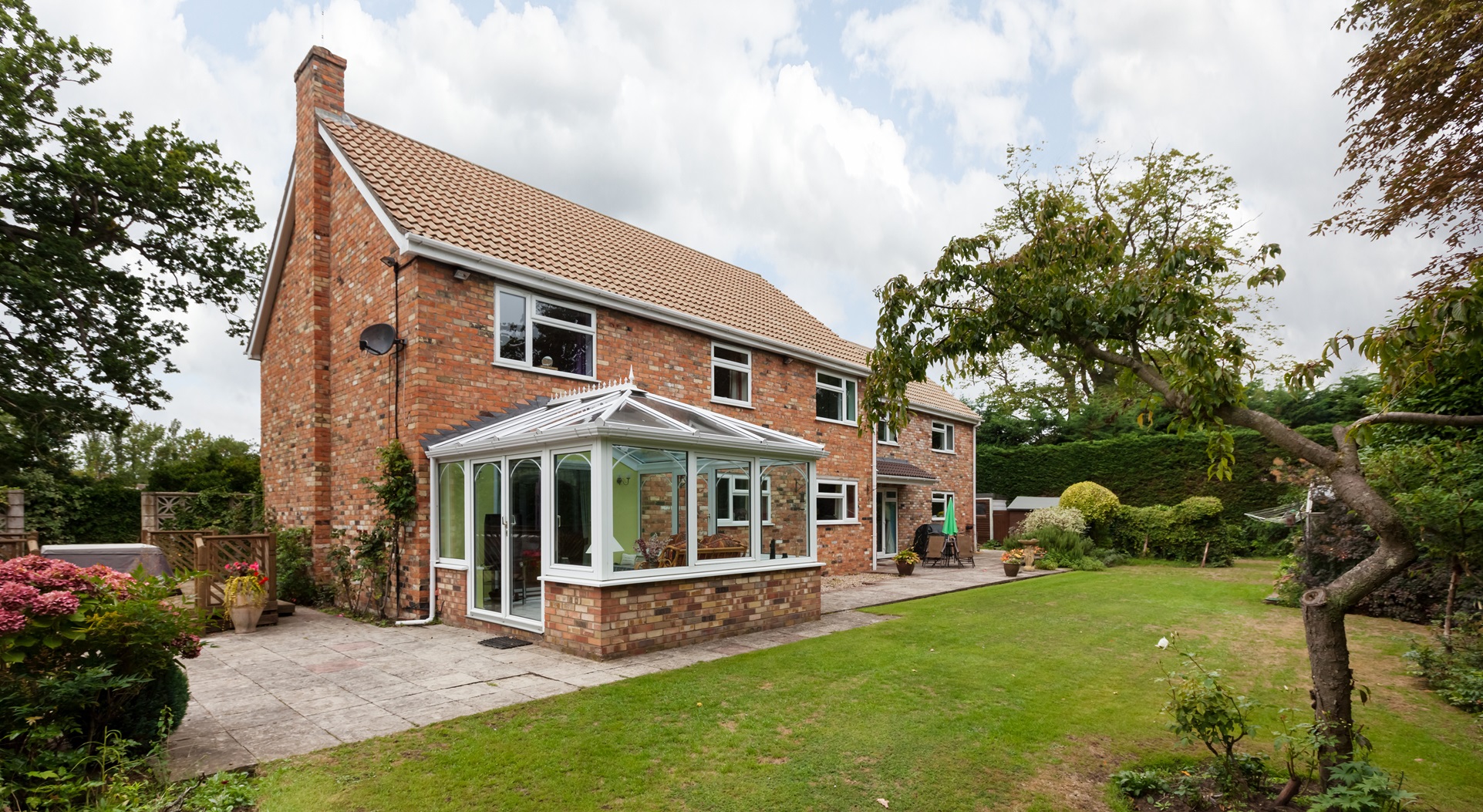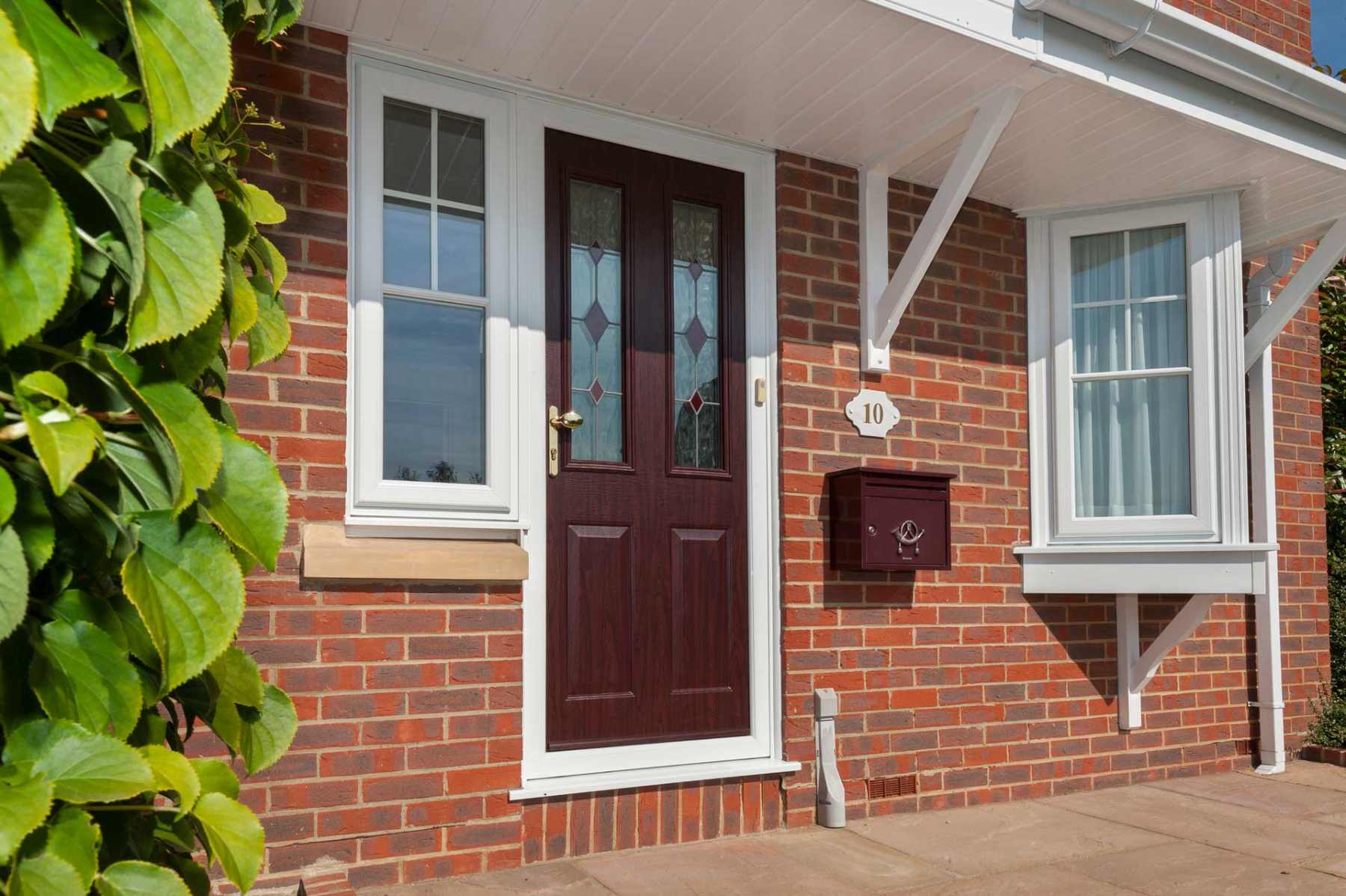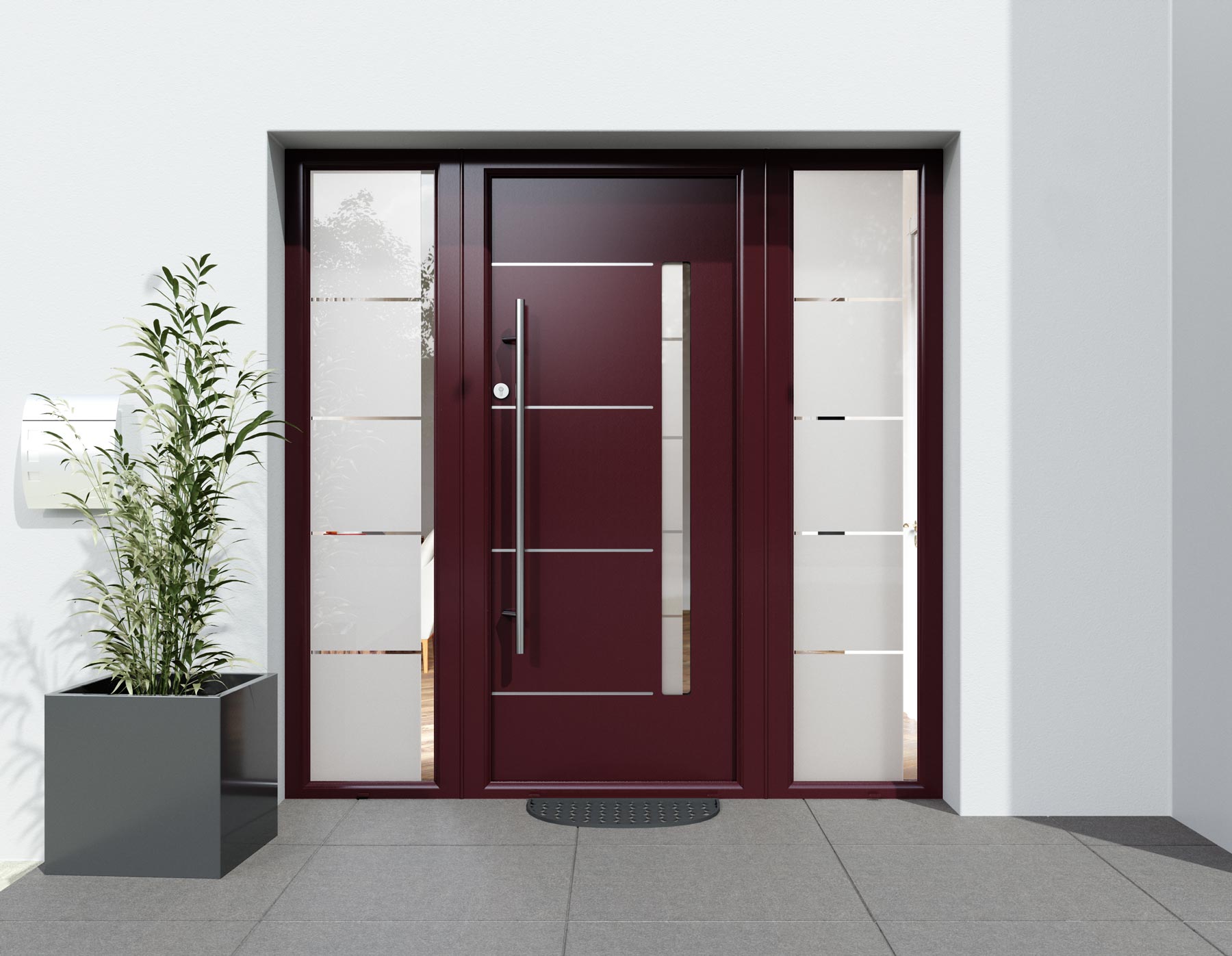Are you ready to breathe new life into your home? Transforming your space with a conservatory, orangery, or loggia extension can create a stunning focal point while enhancing your lifestyle. Whether you are longing for a serene garden room for relaxation, an elegant dining area flooded with natural light, or a versatile space for entertaining guests, these architectural extensions offer endless possibilities. Picture sipping your morning coffee surrounded by lush greenery or hosting memorable gatherings in a beautifully designed space that seamlessly blends indoor and outdoor living. In this ultimate guide, we will delve into the unique features, benefits, and design considerations for each type of extension, helping you navigate your choices with confidence. Get ready to discover how these remarkable spaces can elevate your home’s aesthetic and functionality, turning your dreams into a tangible reality. Let us embark on this inspiring journey together!
Understanding Conservatories, Orangeries, and Loggia Extensions
Conservatories, orangeries, and loggia extensions each offer unique ways to expand your living space, but understanding the distinctions between them is crucial to making an informed decision. A conservatory is typically characterised by its glass walls and roof, creating an airy space that feels like an extension of your garden. These structures often have a more lightweight, delicate appearance and can be used for a variety of purposes, including a sunroom, greenhouse, or extra living area. The abundant natural light they offer makes them perfect for plant lovers and those who enjoy a bright, open ambiance.
In contrast, an orangery combines elements of both conservatories and traditional extensions, featuring a more substantial structure with brick or stone walls integrated with large windows and a glass roof. Historically, orangeries were used to house citrus trees during the winter, but today they serve as elegant living spaces that blend seamlessly with the main house. Their hybrid construction provides a balance of light and insulation, making them suitable for year-round use. The architectural style of an orangery often includes classical elements such as columns and cornices, adding a touch of grandeur to your home.
Loggia extensions, on the other hand, are inspired by the classical architecture of the Mediterranean, featuring a covered exterior gallery or corridor supported by columns or arches. These extensions are typically more open than conservatories and orangeries, offering a shaded outdoor space that connects seamlessly with the garden. Loggias provide a perfect spot for outdoor dining or lounging, blending the benefits of outdoor living with the comfort of shelter from the elements. Their design can be adapted to blend with various architectural styles, making them a versatile choice for many homes.
Key Differences Between Conservatories and Orangeries
When it comes to choosing between a conservatory and an orangery, understanding the key differences can help you determine which option best suits your needs and preferences. One of the primary distinctions lies in the structural design and materials used. Conservatories are predominantly made of glass, with minimal framing to create a light and airy feel. This extensive use of glass allows for maximum natural light and unobstructed views of the outdoors, creating a space that feels connected to the garden. However, the extensive glazing can also make conservatories more challenging to regulate in terms of temperature, often requiring additional heating or cooling solutions.
Orangeries, on the other hand, feature a more robust construction with a greater emphasis on masonry elements such as brick or stone walls. This design not only enhances the thermal insulation of the space but also allows for greater design flexibility. Orangeries often include a solid roof with a central glass lantern or skylights, which provides a balance of natural light and insulation. The combination of solid walls and large windows creates a more substantial and versatile space that can be used year-round, making orangeries an attractive option for those seeking a multi-functional extension.
Another significant difference between conservatories and orangeries is the overall aesthetic and architectural style. Conservatories tend to have a more contemporary and minimalist appearance, with sleek lines and modern materials. They are ideal for homeowners who prefer a bright, open space with a strong connection to the outdoors. Orangeries, in contrast, often feature more classical architectural elements, such as pilasters, cornices, and detailed mouldings, which can add a touch of elegance and sophistication to the home. This makes orangeries a suitable choice for those who appreciate traditional design and want to create a space that complements the existing architecture of their home.
Benefits of Adding a Conservatory, Orangery, or Loggia to Your Home
Adding a conservatory, orangery, or loggia extension to your home offers numerous benefits that can significantly enhance your living experience. One of the most obvious advantages is the increased living space. These extensions provide additional room that can be tailored to suit your specific needs, whether it is a tranquil retreat for relaxation, a vibrant space for entertaining guests, or a versatile area for hobbies and activities. The extra space can also add value to your property, making it an attractive feature for potential buyers should you decide to sell your home in the future.
The infusion of natural light is another key benefit of these extensions. Conservatories and orangeries, with their extensive glazing, allow for an abundance of sunlight to flood the space, creating a bright and inviting atmosphere. Natural light has been proven to improve mood and wellbeing, making these spaces perfect for relaxation and unwinding. Additionally, the connection to the outdoors that these extensions provide can enhance your appreciation of your garden and the changing seasons, offering a peaceful and scenic backdrop to your daily life.
Furthermore, these extensions can improve the aesthetic appeal and functionality of your home. A well-designed conservatory, orangery, or loggia can serve as a stunning focal point, showcasing your personal style and enhancing the overall architectural character of your property. The versatility of these spaces also allows for a wide range of uses, from a cosy reading nook to a stylish dining area or a vibrant family room. This flexibility means that you can adapt the space to your changing needs over time, ensuring that it continues to serve a valuable purpose in your home.
Choosing the Right Style for Your Home
Selecting the right style of extension for your home is a crucial decision that involves considering numerous factors, including the existing architecture, your personal preferences, and the intended use of the space. Start by assessing the architectural style of your home and how the extension will complement or contrast with it. For example, a sleek, modern conservatory may pair well with a contemporary home, while a classic orangery with traditional design elements might be better suited to a period property. The goal is to create a harmonious blend that enhances the overall aesthetic of your home.
Your personal style and preferences should also play a significant role in your decision-making process. Consider the ambiance you want to create in the new space. If you prefer a light-filled, airy environment with a strong connection to the outdoors, a conservatory might be the ideal choice. On the other hand, if you favour a more substantial and versatile space that can be used year-round, an orangery could be a better fit. For those who enjoy outdoor living and entertaining, a loggia extension offers a perfect blend of sheltered outdoor space and architectural elegance.
The intended use of the extension is another important consideration. Think about how you plan to use the new space and what features are most important to you. If you want a space for entertaining guests, consider how the layout and design can accommodate social gatherings. If the extension will serve as a home office or studio, think about the natural light and privacy requirements. By carefully considering these factors, you can choose an extension style that not only enhances your home’s aesthetic but also meets your functional needs.
Planning Permissions and Building Regulations
Before embarking on your extension project, it is essential to understand the planning permissions and building regulations that may apply in Northern Ireland. These regulations ensure that construction projects meet safety standards and do not negatively impact the surrounding area. Requirements can vary based on the type and size of the extension, as well as the location of your property.
In many cases, conservatories and orangeries are considered permitted development, meaning they do not require formal planning permission, provided they meet certain criteria. In Northern Ireland, these criteria typically include restrictions on the size and height of the extension, its proximity to boundaries, and its impact on the appearance of the existing building. For example, the extension must not cover more than half the area of the land around the original house, and the height of the extension must not exceed the highest part of the existing roof. However, it is always advisable to check with your local planning authority to confirm whether your project qualifies as permitted development.
Building regulations in Northern Ireland apply to most construction projects and set standards for the design, construction, and safety of buildings. These regulations cover various aspects, including structural integrity, fire safety, insulation, ventilation, and accessibility. Even if your extension is classified as permitted development, it must still comply with building regulations. This means you may need to submit detailed plans and undergo inspections to ensure that the work meets the required standards. Working with a qualified architect or builder can help you navigate these requirements and ensure that your project is completed to a high standard.
Essential Considerations for Design and Layout
Designing and planning the layout of your new extension is an exciting process that allows you to create a space tailored to your needs and preferences. One of the first steps is to consider the orientation and positioning of the extension in relation to your home and garden. The direction the extension faces will influence the amount of natural light it receives throughout the day, as well as the views and connection to the outdoors. For example, a south-facing conservatory will receive abundant sunlight, making it ideal for a bright and warm space, while a north-facing orangery might benefit from additional insulation and heating solutions.
The layout of the extension should also be carefully planned to maximise functionality and flow. Think about how the new space will connect with the existing rooms in your home and how you will move between them. Open-plan layouts can create a seamless transition between the new and existing spaces, while strategically placed doors and windows can enhance the connection to the garden. Consider the placement of key features such as seating areas, dining tables, and storage to ensure that the space is practical and meets your needs.
Incorporating design elements that enhance the aesthetic appeal and comfort of the space is also important. This might include choosing materials and finishes that complement the existing architecture, selecting furniture and decor that reflect your personal style, and incorporating features such as underfloor heating, lighting, and ventilation to create a comfortable environment. Thoughtful design and layout planning can help you create a beautiful and functional extension that enhances your home and lifestyle.
Materials Used in Conservatories, Orangeries, and Loggias
The choice of materials for your extension will have a significant impact on its appearance, durability, and performance. Conservatories, orangeries, and loggia extensions each offer different options when it comes to materials, and selecting the right ones can help you achieve the desired look and functionality.
For conservatories, the primary material used is glass, which allows for maximum natural light and creates an open, airy feel. The type of glass you choose can influence the energy efficiency and comfort of the space. Options such as uPVC glazing, low-emissivity (Low-E) glass, and solar control glass can help to regulate temperature and reduce heat loss. The framing of the conservatory can be made from various materials, including uPVC, aluminium, and timber. Each of these materials offers different benefits in terms of aesthetics, maintenance, and cost. uPVC is low-maintenance and cost-effective, aluminium offers a sleek, modern appearance, and timber provides a classic, natural look.
Orangeries often feature a combination of materials, including brick or stone for the walls and timber, aluminium, or uPVC for the windows and roof structure. The use of masonry elements provides a robust and insulated structure that can be designed to match the existing architecture of your home. Timber is a popular choice for orangeries due to its natural beauty and versatility, while aluminium offers a contemporary and durable option. The choice of roofing materials can also vary, with options such as glass lantern roofs, solid roofs with skylights, or a combination of both to achieve the desired balance of light and insulation.
Loggia extensions typically feature materials such as masonry for the supporting columns and arches, combined with timber or aluminium for the roof structure. The choice of materials can be influenced by the architectural style you want to achieve, and the level of durability and maintenance required. Masonry elements provide a timeless and elegant look, while timber offers warmth and character. Aluminium is a popular choice for its modern appearance and low-maintenance properties. By carefully selecting the materials for your extension, you can create a space that is both beautiful and functional.
Cost Factors and Budgeting for Your Extension
Budgeting for your home extension project is a critical step that involves considering various cost factors to ensure that you can achieve your vision without overspending. The overall cost of a conservatory, orangery, or loggia extension can vary widely depending on factors such as size, materials, design complexity, and location. It is important to obtain detailed quotes from reputable builders and suppliers to get a clear understanding of the costs involved.
One of the primary cost factors is the size and scale of the extension. Larger extensions will naturally require more materials and labour, increasing the overall cost. The choice of materials can also significantly impact the budget. High-quality materials such as timber and aluminium may be more expensive than uPVC, but they can offer greater durability and aesthetic appeal. Additionally, specialised glazing options, such as double-glazing or solar control glass, can add to the cost but provide long-term benefits in terms of energy efficiency and comfort.
Design complexity and customisation options can also influence the cost of the extension. Bespoke designs with intricate architectural details, custom-built furniture, and high-end finishes will typically be more expensive than standard designs. It is important to consider your priorities and where you are willing to invest to achieve the desired outcome. Labour costs, planning permissions, and building regulations compliance are other factors that should be included in your budget. By carefully planning and budgeting for your extension, you can ensure that you achieve a beautiful and functional space within your financial means.
Maintenance Tips for Your New Space
Once your conservatory, orangery, or loggia extension is complete, proper maintenance is essential to keep it looking beautiful and functioning well. Regular maintenance can help prevent issues and extend the lifespan of the extension, ensuring that you can enjoy your new space for years to come.
For conservatories, regular cleaning of the glass and frames is important to keep the structure looking its best and to allow maximum natural light to enter the space. Use a gentle, non-abrasive cleaner and soft cloth to avoid scratching the glass or damaging the frames. Check for any signs of wear or damage, such as cracks in the glass or loose seals, and address these issues promptly to prevent further problems. It is also important to maintain the roof and gutters, removing any debris and ensuring that they are clear to prevent water damage.
Orangeries require similar maintenance, with a focus on keeping the masonry elements in good condition. Inspect the brick or stone walls for any signs of damage or deterioration and repair any cracks or loose mortar as needed. Regularly clean the windows and roof to maintain their appearance and functionality. Timber elements should be treated with a protective finish to prevent rot and damage from the elements. Periodically check the condition of the timber and reapply the finish as needed to keep it in good condition.
Loggia extensions, with their open design, may require additional attention to keep the space clean and well-maintained. Regularly sweep and clean the flooring to remove dirt and debris and inspect the columns and roof structure for any signs of wear or damage. If your loggia includes outdoor furniture or decor, ensure that these items are also maintained and protected from the elements.
In locations like Belfast and Omagh, following these maintenance tips can help you keep your extension in excellent condition and continue to enjoy the enhanced living space it provides.
Conclusion: Making the Most of Your Home Extension
In conclusion, adding a conservatory, orangery, or loggia extension to your home can transform your living space and enhance your lifestyle in numerous ways. These architectural extensions offer unique features and benefits, from increased living space and natural light to improved aesthetic appeal and functionality. By understanding the key differences between conservatories, orangeries, and loggia extensions, and carefully considering factors such as style, planning permissions, design, materials, and budgeting, you can make informed decisions and create a space that perfectly suits your needs and preferences.
Whether you envision a serene garden room, an elegant dining area, or a versatile space for entertaining guests, these extensions provide endless possibilities for enhancing your home. With thoughtful design and regular maintenance, you can ensure that your new space remains beautiful and functional for years to come. Embrace the opportunity to elevate your home’s aesthetic and functionality, and turn your dreams of a stunning, light-filled extension into a tangible reality.
Start Your Quote!
Find prices for your home improvements with our free online quoting tool today!








